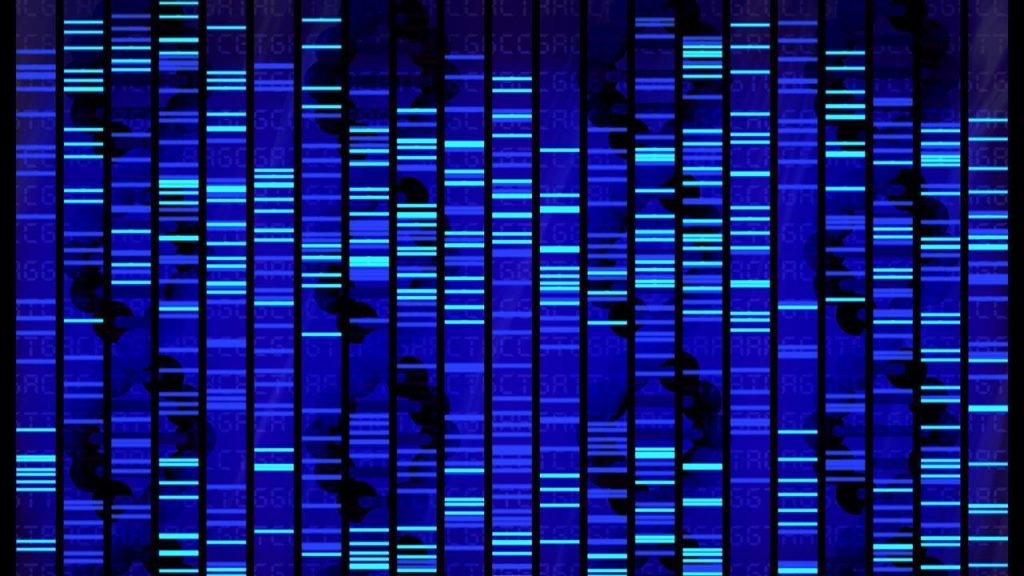When the Crispr-Cas9 system to target DNA for genetic engineering (GE) was first identified, it was seen as a game-changer. Crispr-Cas9 is a natural defense mechanism used by bacteria to protect them from viruses that works at the cellular level by targeting and removing viral DNA.
Scientists first began to see its potential for GE in the early 2010s, and have since learned how to “program” Crispr-Cas9 to locate and cut DNA that matches a sample of the RNA it carries. This has huge implications for agricultural GE, and testing quickly began on applications for many crops including oranges, potatoes, rice, soybeans, tomatoes, and wheat. For much more on agricultural applications see this 2016 article.
However, additional research would show that the process isn’t perfect. Viruses adapt quickly, so Crispr-Cas9 learned to be flexible and would remove DNA that was similar to the target RNA, but with a slightly different genetic code. Good for bacteria, but not so much for accurate human-driven genetic modifications.
Further digging revealed that the location of the discrepancy on the DNA chain made a difference. The closer to the end, the more likely Crispr-Cas9 is to remove the section, while if mismatches occur earlier and/or more frequently in the genetic sequence, the process stops.
Once scientists dialed in the energy balance governing this process, mathematical modeling was able to step in to make predictions about how likely a certain section will be targeted and removed by Cas9, helping predict likely errors.
This new tool should help scientists predict this hiccup in the development of Cripr-Cas9. How much more of a challenge awaits those trying to achieve accuracy in this kind of genetic targeting remains to be seen.
Sources:
Delf University of Technology, “Mathematics explains why Crispr-Cas9 sometimes cuts the wrong DNA,” Press Release, February 7, 2018.
Maywa Montnegro, “Crispr is coming to agriculture – with big implications for food, farmers, consumers, and nature,” Ensia, January 28, 2016.

